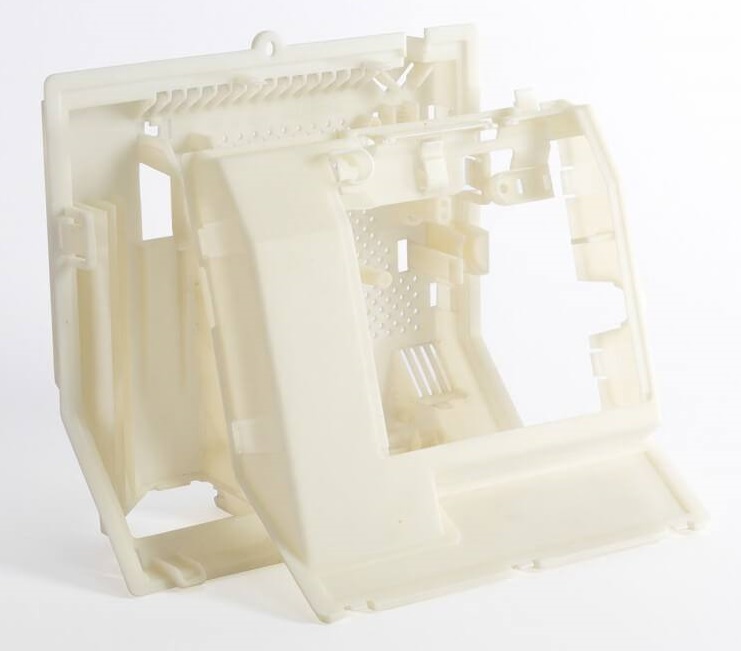Vacuum casting
Vacuum casting
Vacuum casting is a casting process for elastomers using a vacuum to draw the liquid material into the mold. This process is used when air entrapment is a problem, there are intricate details or undercuts, or if the material is fiber or wire reinforced.[1]

Process
The process starts by placing a two piece silicone mold in a vacuum chamber. The raw material is mixed, degassed and then poured into the mold. The vacuum is then released and the mold removed from the chamber. Finally, the casting is cured in an oven and the mold removed to release the completed casting. The silicone mold can be reused.
In some machines the chamber where the material is mixed a pressure can be applied to increase the pressure differential between the mold cavity and the mixing chamber.
Application
Vacuum casting has various applications in various industrial fields, such as medical equipment, aviation, automotive, electronic products, etc.
Companies use vacuum casting to manufacture a small quantity of production-quality plastic parts to avoid the long lead time and high cost of creating metal tools.
Casting polyurethane can simulate the properties of ABS, Nylon, PP, PMMA, and soft TPE rubber. Casted parts can be used to verify the fit and function of a new design and the final parts.